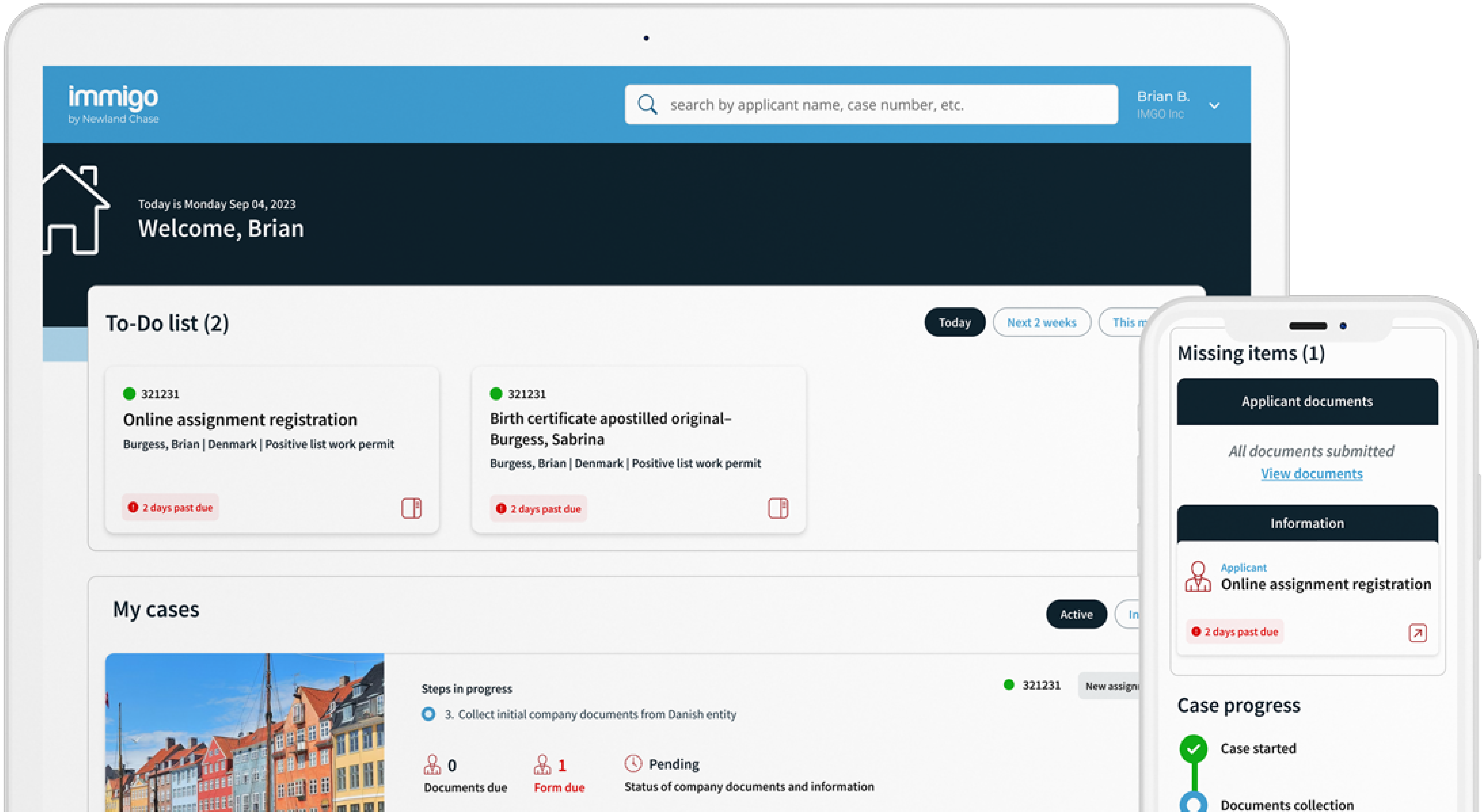Get The Visibility Your Company Needs
Reduce compliance risks and mobility costs while managing individual and project-related travel with ImmiSMART: the solution that unifies your travel and mobility programs.
Brexit – Where Will 2018 Take Us?
January 11, 2018
Politics can be a very topsy-turvy world, and none more so than in the UK in 2017 as Prime Minister Theresa May invoked Article 50 of the Lisbon Treaty, thus leading the country into one of its biggest political and administrative challenges of the century.
The Brexit process has thus far been a measured process from both the UK and the EU, with the first phase of talks taking six months since they began back in June. And, European Council president Donald Tusk has warned that “the second phase will be more demanding, more challenging than the first phase.”
Brexit – what’s been agreed so far?
In December, a report was jointly published by negotiators from the UK and the EU, outlining the agreement in principle on three main areas:
- the rights of EU and UK citizens and their family members post-Brexit
- Northern Ireland
- the so called ‘divorce bill’
The report is the clearest outline yet of the proposed post-Brexit terms and conditions, but has been published under the principle that “nothing is agreed until everything is agreed.”
In short – it’s complicated and it could change.
What’s the divorce bill?
The EU has made it clear that the UK is expected to pay off its share of the obligations undertaken whilst still a member state. The joint report confirms that “the UK will contribute to, and participate in, the implementation of the Union annual budgets for the years 2019 and 2020 as if it had remained in the Union.”
The EU hasn’t officially asked for a particular sum of money, and there have been no official estimates as yet. This will be a matter for the negotiators of both the UK and the EU to agree upon.
What about EU and UK citizens?
The report outlines the provision that EU nationals and their family members residing in the UK before the cut-off date – expected to be 29th March 2019 – will have the right to stay, with a reciprocal agreement for UK citizens and their families living in the EU.
There will be a new ‘settled status’ for those with a permanent residence document, and for those who have resided in the host country for five continuous years before the cut-off date. There will be temporary residence for those who have been in the host country for less than five years.
Indeed, Home Secretary Amber Rudd has written an open letter to EU citizens in the UK outlining that their current rights, and those of their families, will remain broadly the same post-Brexit, with access to healthcare, benefits and pensions protected.
As reported by Newland Chase in December, more details of the settled status for EU citizens will be released in the new year, and it is anticipated that applications, expected to be made using a brand new digital system, will open in late 2018.
And Northern Ireland?
The UK and Ireland will continue to make arrangements between themselves in regards to the movement of people in the Common Travel Area.
So, what will 2018 bring?
The UK is expected to formally leave the EU at 11pm on 29th March 2019.
There will be EU summits in March and June 2018, which will be very important in the Brexit negotiations calendar.
However, autumn 2018 is seen to be a significant point in time, as that’s when a deal will realistically have to have been made in order to be approved by Parliament in time to meet the 29th March 2019 deadline.
There’s still so much for both sides to discuss – transitional arrangement and trade to name but two – but it’s clear that progress has been made in 2017, and the government maintains it will secure a deal that works for both sides.




